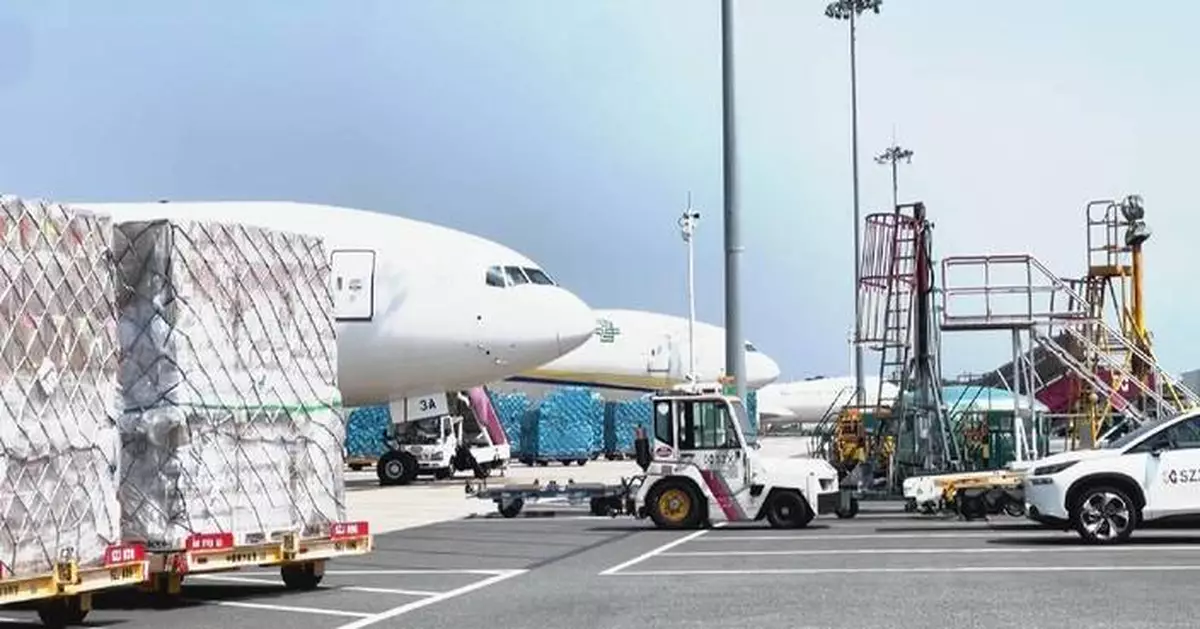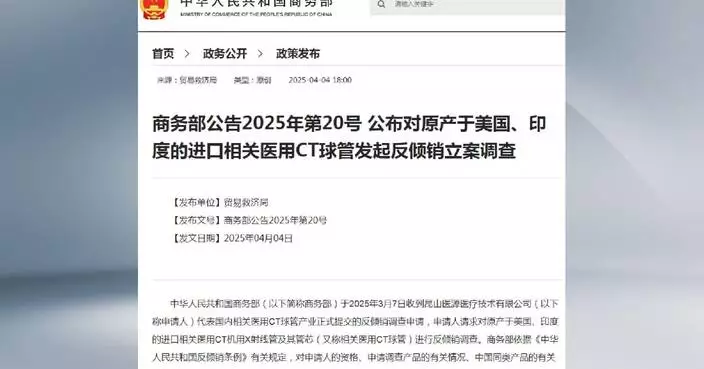China's air freight sector took off in the first half (H1) of this year, with the country launching 90 new routes, including over 70 international connections to meet surging demand, the China Federation of Logistics and Purchasing said on Sunday.
China launched 16 new domestic air freight routes and 74 international ones, including 39 linking countries and regions in Asia, 17 to Europe, 15 to North America, two to Africa and one to Oceania, according to H1 data.
"Due to geopolitical conflicts, many consignors have switched from ocean freight to air freight, which has driven up a strong demand for air freight. In general, with the same cargo volume, one to two percentage points of reduction in maritime transport will bring around 20-percent growth for air logistics," said Cui Zhongfu, deputy head of the China Federation of Logistics and Purchasing.
During the same period, China's civil air transport turnover was 70.3 billion tonne-kilometers, up 32.2 percent year on year, with domestic routes handling 47.04 billion tonne-kilometers, up 16 percent, and international routes completing 23.26 billion tonne-kilometers, up 84.1 percent year on year.
The country saw 26,700 scheduled cargo flights in H1, a year-on-year increase of 6 percent. It maintained regular cargo flights to 48 overseas air destinations in 42 countries, with Chinese airlines carrying out 8,784 such flights and foreign airlines completing 17,900 such flights.
"A sentiment that is prevalent in the air freight market is that the slow season is not slow at all. Both Chinese and foreign airlines are upbeat about the Chinese market. So currently we are seeing a sound growth momentum regarding scheduled cargo flights, but such a momentum is more obvious in terms of unscheduled cargo flights," said Shang Kejia, an official with the Civil Aviation Administration of China.
Amid rising demands from deliveries of products in cross-border e-commerce as well as electric vehicles, lithium-ion batteries, and photovoltaic products, China implemented 3,300 international cargo charter flights in the first half of the year, up 9 percent year on year, and up 8.5 times from the number during the same period in 2019.
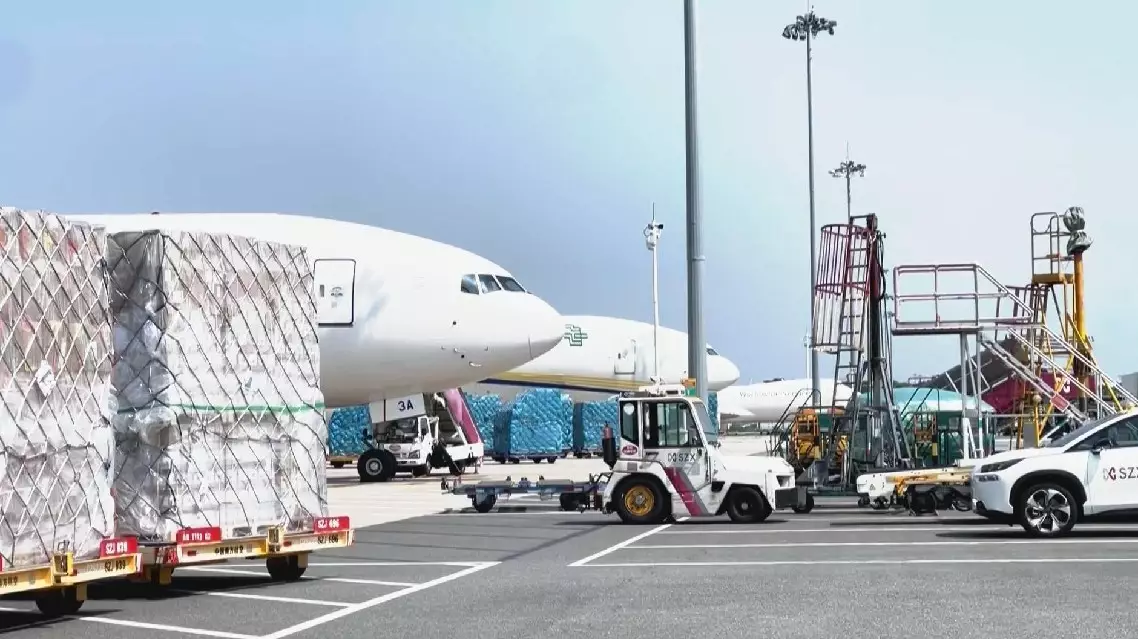
China boosts global reach with over 70 new int'l air freight routes in H1
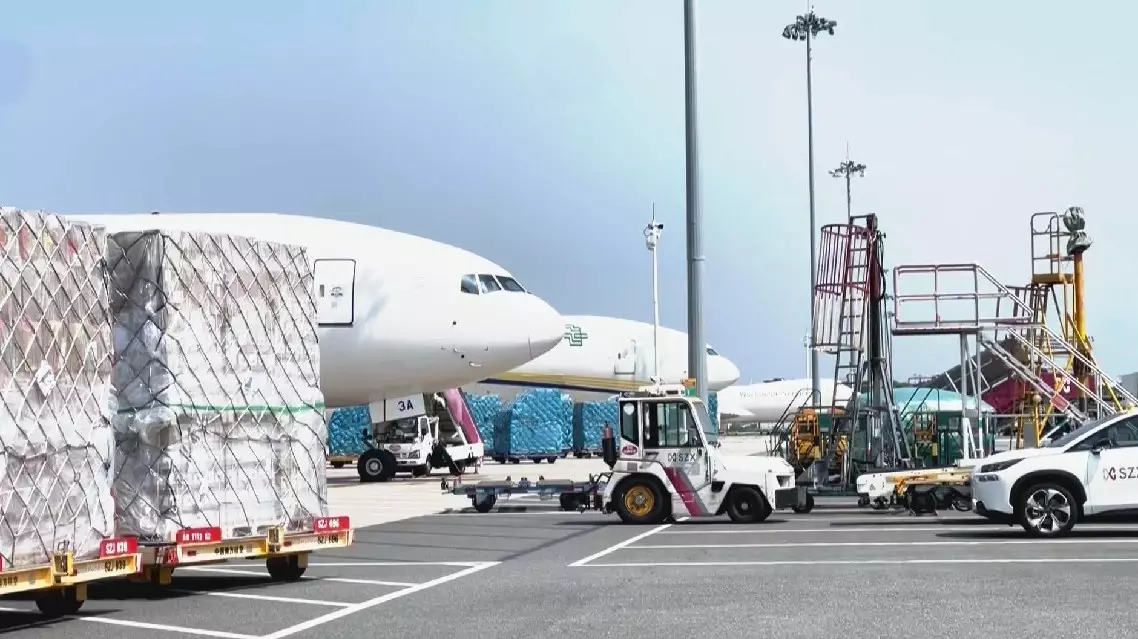
China boosts global reach with over 70 new int'l air freight routes in H1
As the Qingming Festival approaches this Friday, various traditional folk activities have been held across China, celebrating the rich cultural heritage of the occasion.
With a 2,500-year history, Qingming Festival, or the Festival of Pure Brightness, observed in early April, uniquely combines ancestral worship with the celebration of spring. Falling on the 15th day after the spring equinox, this ritual-rich observance reflects China's enduring values of ancestral veneration and inspires deep introspection about what gives life meaning.
In Sijia Village, Huayin City, northwest China’s Shaanxi Province, a unique swing festival is held to mark the occasion. Eighteen different types of traditional swings, such as the spinning wheel swing, the Bagua swing reminiscent of a rotating carousel, and the balance swing designed for two people, have attracted many visitors.
Historically, Sijia Village served as a military post guarding the strategic Tongguan pass, a former mountain pass and fortress located south of the confluence of the Wei and Yellow Rivers. The swing tradition in the village has its origins in military training exercises like climbing and river crossing. The local swing culture further developed as regional trade flourished, eventually evolving into the "swing festival" that continues today.
"It's very exciting and tests your skill, endurance, and most importantly, your arm strength. You need to maintain balance," said Qu Xiangyang, a visitor.
In Rudong County, Nantong City, east China's Jiangsu Province, another traditional Qingming activity takes place - kite flying.
Flying kites as a way of making wishes is an age-old Qingming custom in this region. As a result, the Qingming Festival in Nantong is also known as the "Kite Festival."
The local Banyao whistling kite making skills is listed as one of the first national intangible cultural heritage items.
According to a folk culture expert, people traditionally write the names of diseases or misfortunes on paper, attach it to a kite, and release it into the sky. This practice is believed to drive away illness and disaster, while also serving as a way to make wishes.
In south China's Guangdong Province, a large tug-of-war competition is underway in Maoming City. Teams from different towns and streets are competing, attracting many locals to cheer on their teams.
Tug-of-war, which originated during the late Spring and Autumn period (770 BC - 476 BC), became part of Qingming customs during the Tang Dynasty (618-907). Emperor Xuanzong of the Tang Dynasty once organized large-scale tug-of-war competitions for the festival.
"Tug-of-war became very popular in the Tang Dynasty, even emerging as the national sport. It originated in the Jingchu region and later spread across the country. In ancient Lingnan (Southern China), tug-of-war games were a common tradition. Through these events, people seek to pray for peace, prosperity, and abundant harvests," said Yao Guojun, vice dean of the College of Arts and Law, Guangdong University of Petrochemical Technology.
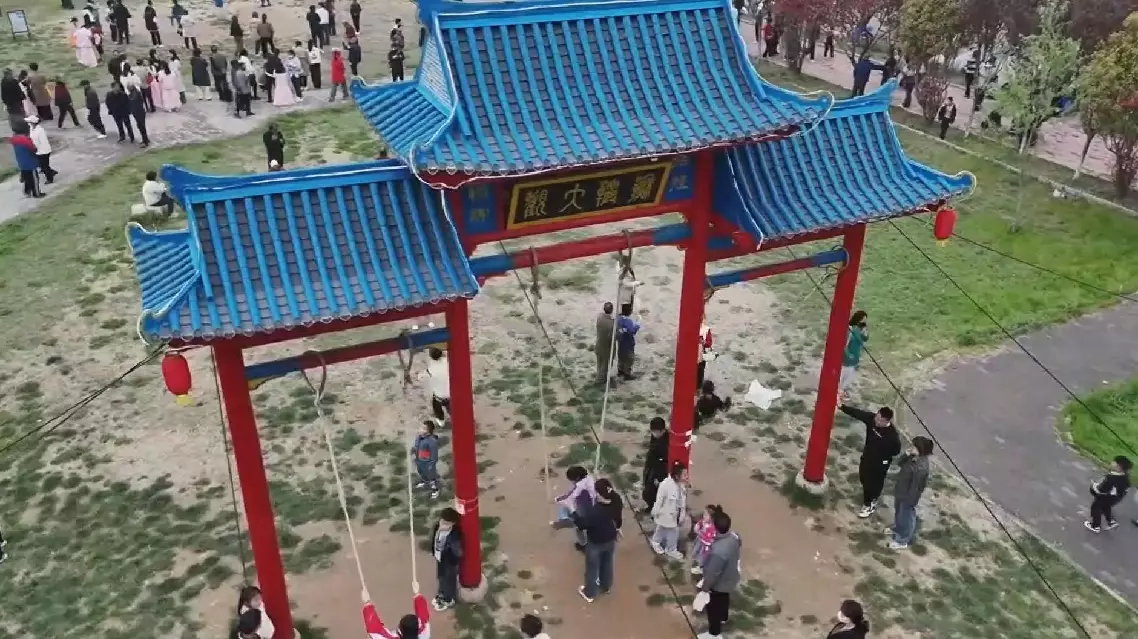
Traditional folk activities held for Qingming Festival




